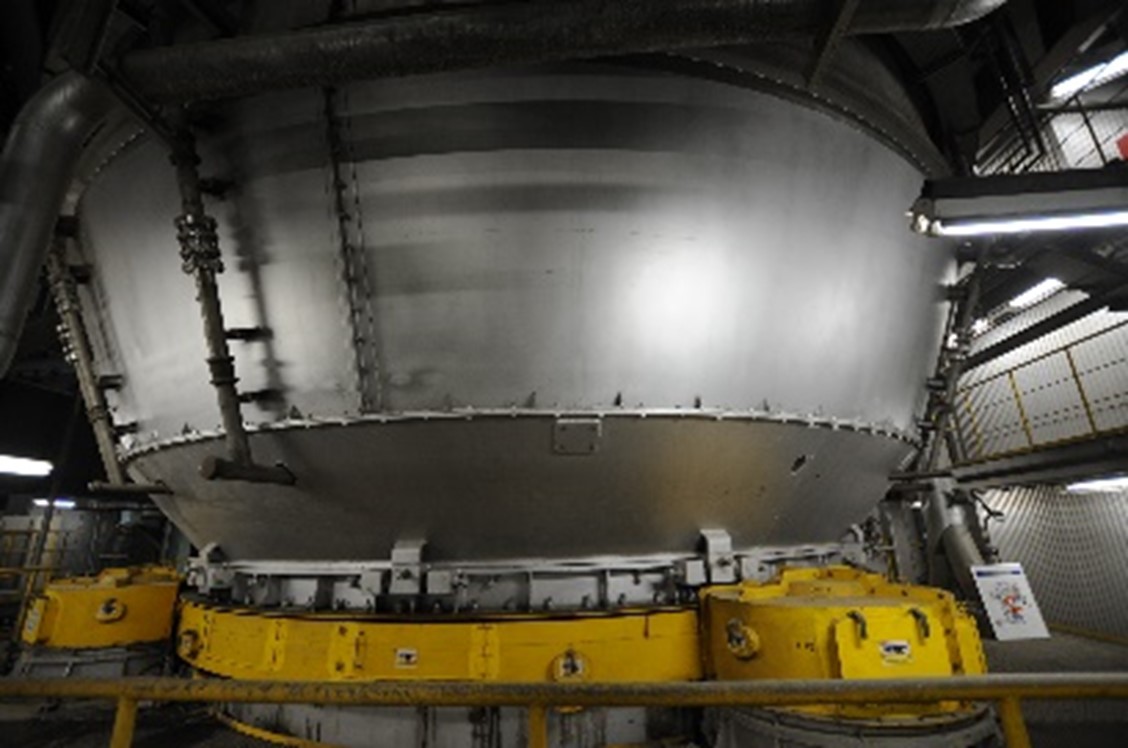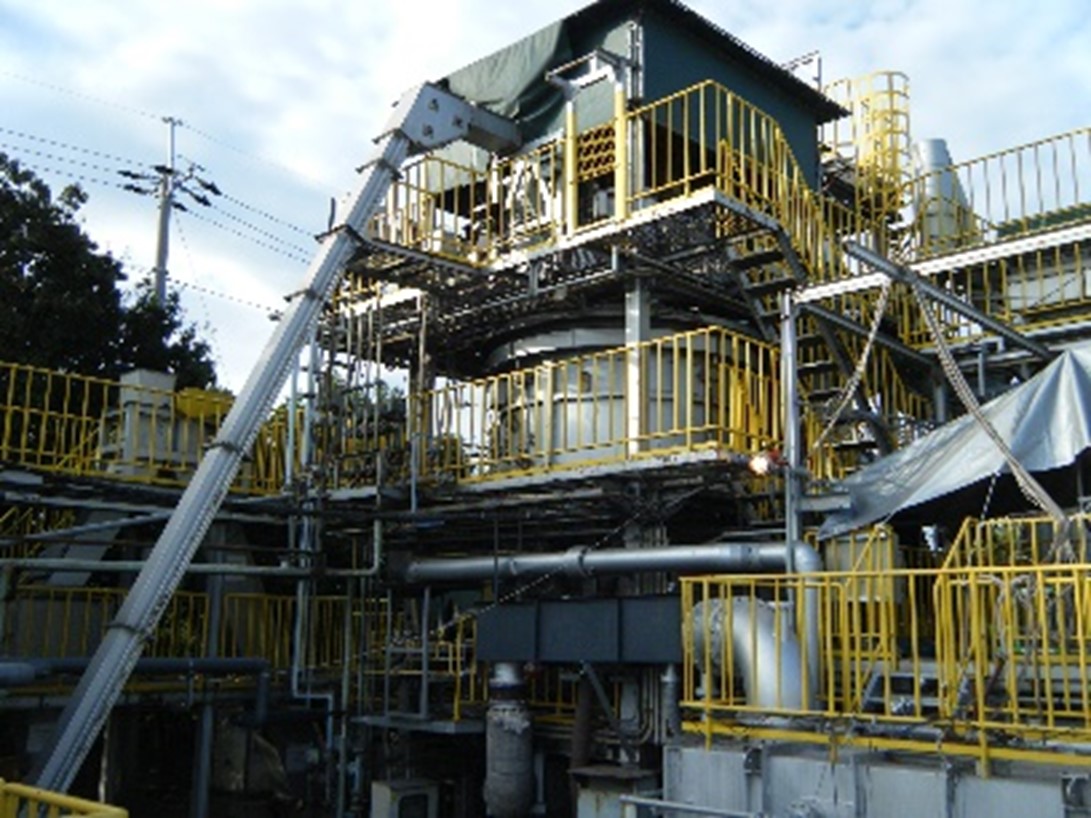Process & contact
Kubota Surface Melting Furnace (KSMF)
www.phosphorusplatform.eu/Scope125
contact:
Updated 12/2021
Input materials
Dewatered sewage sludge with LHV (Lower Heating Value) 10 – 12 MJ/kg. A drier is included in the Kubota system, upstream of the furnace.
From sewage works with biological and/or chemical P-removal
Output products
P-containing slag, registered as a phosphate fertiliser in Japan.
Process description
Thermal treatment in a specific furnace with core temperature 1300°C. Iron oxide is added to retain phosphorus in the solid slag. Calcium hydroxide is added to improve phosphorus plant availability in the slag.
>90% of heavy metals (cadmium, lead, zinc …) are volatilised and removed to fly ash.
90% of input P is in output slag product. The slag shows 95% P-solubility in 2% citric acid and, in pot trials at soil pH 5.5, 97% fertiliser efficiency relative to commercial phosphorus fertilisers.
Recovery rate (P in final product / P in input sludge): c. 90%.
Iron and aluminium in input sludge are transferred to final product, as are other minerals (Si, Ca, Mg).
Operating status
Around 20 full-scale furnaces in operation in Japan, treating municipal solid waste incineration ash.
11 full-scale furnaces in Japan treating sewage sludge (1 – 10m diameter).
Of these, 4 furnaces (2 plants) in Toyama Prefecture, Japan are operating P-recovery since 2014: total 30 000 – 40 000 t/year dewatered sludge input, 1 200 – 1 500 t/year P-rich slag output.
At present (end 2021), the P-rich slag is not sold as fertiliser, but is used as construction material as alternative to sand.
